1.2 Exploring Multi-Modal Texts
Level: Grades 7-9
Subject: English/Language Arts
Theme:
All of our lives are connected to the lives of others; the pattern of my life is unique but it also fits with patterns that other lives have taken; I can see this for myself and I can explain it to others
Big Idea:
Using multi-modal texts students will read, analyze and produce memoirs that help them understand that just like everyone else, their lives are connected to the lives of others; and that while the pattern of their life is unique it also follows patterns that others have taken.
What students will understand
By reading memoirs, students will understand that
• exploring stories and other texts helps us understand ourselves and make connections to others and to the world, and that they in turn can tell their stories and connect themselves to the world
• people understand text differently depending on their worldviews and perspectives, and they tell different stories about their lives based on their own circumstances
• texts are socially, culturally and historically constructed—events that happen to you and how you react to them depend on what is happening in the larger society (NOTE: the focus of this unit is on memoir, but several of the works I have selected are stories by first nations people, so students gain an implicit and explicit understanding of how social, cultural and historical factors actually come into play).
What they will be able to do:
They will be able to
• identify chronological sequence in narrative in a variety of media
• distinguish the genre of memoir by comparing it to a third-person narrative recount
• analyse the memoir for point of view—past and present selves
• understand cause and effect relationships
• understand what details to include or leave out depending on the needs of their audience (by comparing two similar works designed for two different audiences)
• discuss their thinking with other class members in groups and on blog/google doc
• use planning heuristics to create their own simple narrative memoir
• use presentation software to present their memoirs
What they will know
• They will gain insight into how lives of individuals unfold over time
• They will see that all lives are unique but still follow some common patterns and pathways
• That their own lives are connected to the same patterns,
• That they can explain events in their lives to themselves and others.
Resources: Watching/Listening
Film:
| Stand By Me
Directed by Rob Reiner |
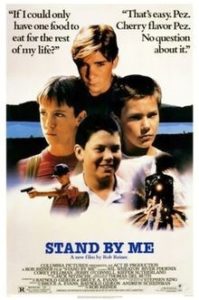 |
| Use this to introduce genre of memoir
Conventions of memoir:
|
|
Picture books:
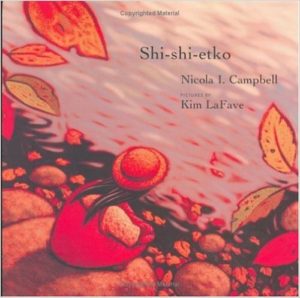 |
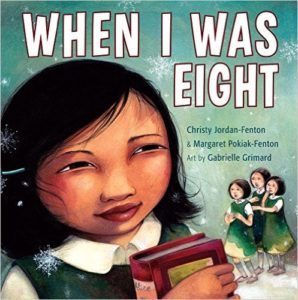 |
| Shi-shi-etko by Nicola I. Campbell | When I was Eight by Christy Jordan-Fenton
and Margaret Pokiak-Fenton |
|
|
Chapter book:
| Fatty Legs by
Christy Jordan-Fenton and Margaret Pokiak-Fenton |
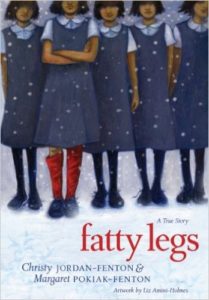 |
|
|
Resources: Reading/Talking
Graphic novels:
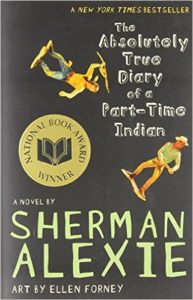 |
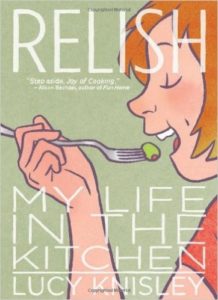 |
| The Absolutely True Diary of a Part-Time Indian by Sherman Alexie | Relish: My Life in the Kitchen by Lucy Knisley |
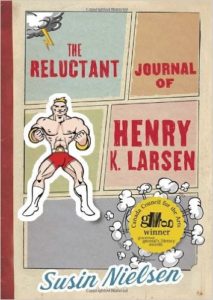 |
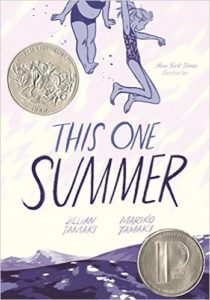 |
| The Reluctant Journal of Henry K. Larsen by Susin Nielsen | This One Summer by Mariko Tamaki and Jillian Tamaki |
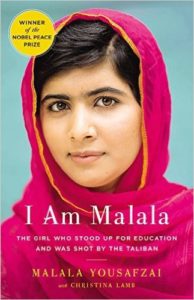 |
|
| I Am Malala: The Girl Who Stood Up For Education and Was Shot By the Taliban by Malala Yousafzai | |
|
|
Resources: Writing/Making
Writer’s Journal:
| Class blog or
Google Doc |
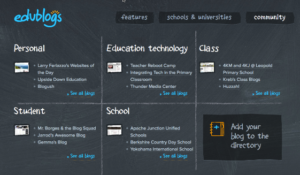 |
 |
Planning Templates:
|
5 Ws Story Board |
|
|
||||||||||||||||||||||||||||
Examples and Inspiration:
| PowToon video memoir YouTube inspiration for memoir | https://www.youtube.com/watch?v=TsGRRoFGPSw |
Presentation Software:
| Depending on the available technology
Camtasia or PowerPoint are the most versatile programs |
 |
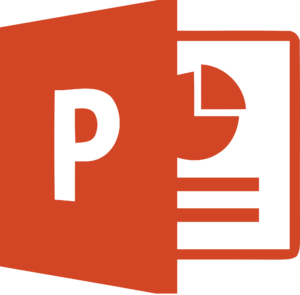 |
| iMovie and Explain Everything are restricted to Apple platform | 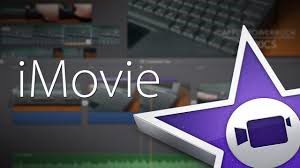 |
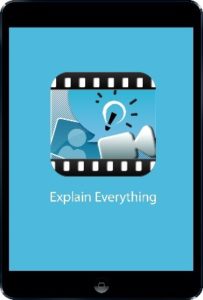 |
| Powtoon is restricted to its own site
Instagram as a source of photos |
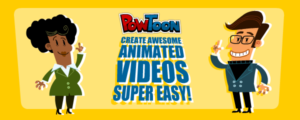 |
 |



